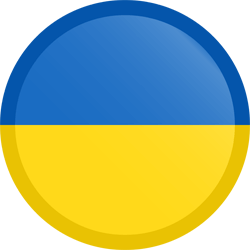AUTISM CLASSIFICATION
Autism is a nervous system disorder and mental disorder of the child. There are difficulties in interacting with the outside world and society.
This is the condition that accompanies the child throughout life.
Characteristic features of childhood autism are:
- Social withdrawal;
- Limited range of interests;
- Difficulties in communication.
Psychologists and psychotherapists work with this pathology.
Autism, like any disease, has its own classification. Let’s consider main groups of Early Infantile Autism (EIA) in more detail.
Childhood Autism Classification
There are two types of childhood autism classification.
The main ones are:
- ICD-10;
- DSM-IV.
The first type was presented by the World Health Organization. Today it is the main classification of childhood autism. It is based on the symptoms of the disease. Each type has its own code.
Let’s take a closer look at the types of autism in children and the code to which it refers. Childhood autism has one common code F 84.0. Further, this disease was divided into several subtypes.
Subtypes of childhood autism have their own codes and are divided into:
- Atypical autism;
- Asperger’s Syndrome;
- Childhood autism-like disorder;
- Rett Syndrome;
- Disorder, accompanied by mental retardation and stereotyped movements;
- Pervasive developmental disorder not otherwise specified.
The second type of childhood autism classification was introduced by the American Psychiatric Association. Both of these classifications differ only in code.
Let’s consider what types are included in this classification.
It includes four types of childhood autism:
- Rett Disorder;
- Asperger’s Disorder;
- Pervasive developmental disorder, atypical autism.
- Childhood disintegrative disorder;
In addition to international classifications, there is a psychological option. It was proposed by O.S. Nikolskaya. According to this classification, 4 groups of children with autism were identified.
The following groups are distinguished:
- Detachment, lack of need for contact with the outside world;
- Negativity and rejection of reality, hyper-excitability;
- Environment substitution, lack of emotional link with loved ones;
- Lack of contact with the external environment, fearfulness, vulnerability.
When compared with healthy peers, the autistic child has a lack of interest in something new. There is no infantile curiosity. With EIA classification allows you to accurately select the type of psychological rehabilitation.
Today, there is a successfull method of treating childhood autism that used in the Mardaleishvili Сlinic in Georgia.





